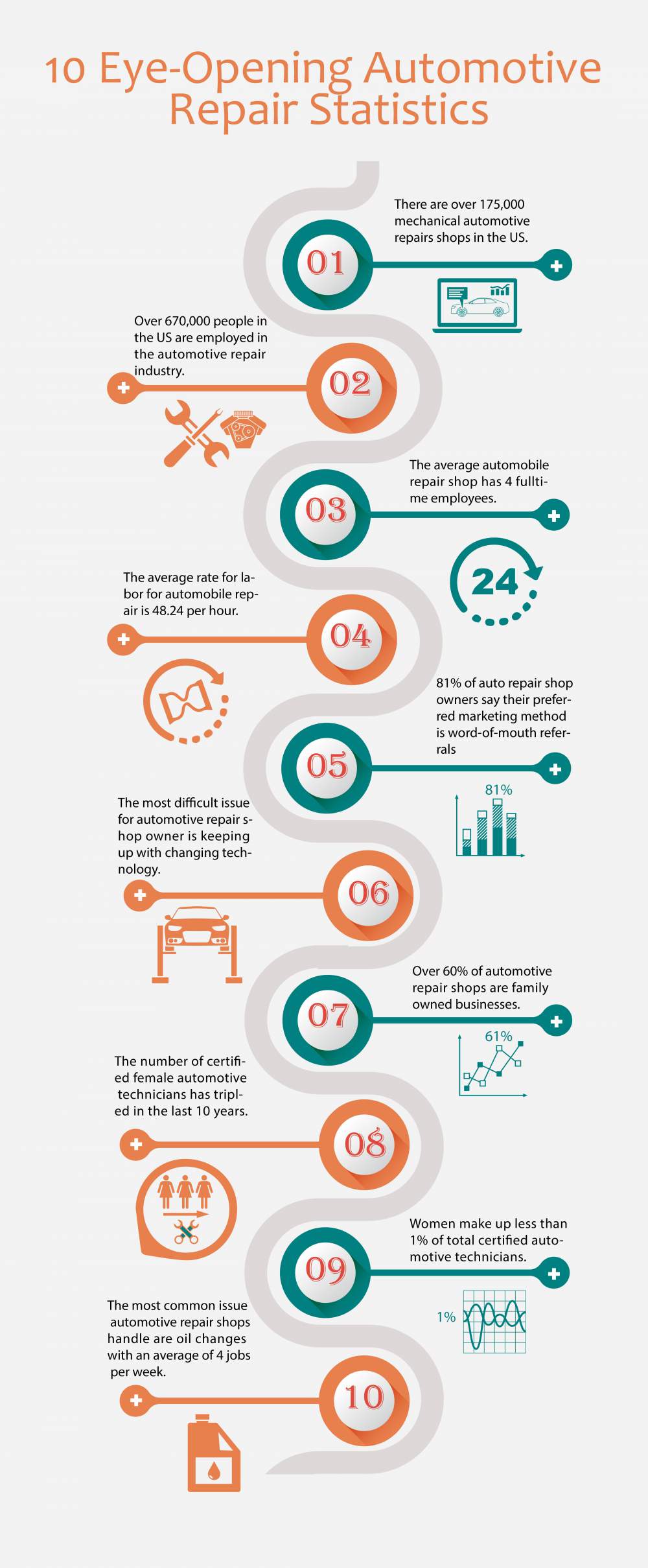When you lag the wheel, those radiant caution lights on your dashboard can be a little bit perplexing. Do you understand what they're trying to inform you regarding your automobile's health? Understanding the importance of these lights is essential for your safety and the durability of your car. So, the following time among those lights pops up, would not you want to understand its message accurately and take the required steps to resolve it?
Common Caution Lights and Interpretations
Recognize usual warning lights in your car and understand their definitions to guarantee secure driving.
The most common warning lights include the check engine light, which signals problems with the engine or emissions system. If this light begins, it's vital to have your vehicle checked without delay.
The oil pressure cautioning light shows reduced oil pressure, calling for prompt attention to stop engine damages.
A flashing battery light may suggest a malfunctioning billing system, potentially leaving you stranded if not addressed.
Continue Reading tracking system (TPMS) light notifies you to reduced tire stress, impacting automobile security and fuel performance. Disregarding this could cause risky driving problems.
The abdominal light indicates an issue with the anti-lock braking system, jeopardizing your capacity to quit swiftly in emergency situations.
Finally, the coolant temperature level alerting light warns of engine getting too hot, which can result in severe damages otherwise resolved quickly.
Recognizing these typical warning lights will assist you resolve problems promptly and keep safe driving problems.
Value of Prompt Focus
Understanding the typical caution lights in your vehicle is just the initial step; the significance of quickly dealing with these warnings can't be stressed enough to guarantee your safety and security when driving.
When a warning light brightens on your control panel, it's your auto's means of communicating a possible concern that needs attention. Neglecting these cautions can result in more severe issues later on, compromising your security and possibly costing you extra out of commission.
carwashplaces to warning lights can avoid break downs and accidents. For instance, a blinking check engine light could show a misfire that, if left neglected, can cause damage to the catalytic converter. Resolving car cleaning products near me can conserve you from an expensive fixing.
Likewise, a brake system cautioning light could signify low brake fluid or worn brake pads, essential parts for your security when driving.
DIY Troubleshooting Tips
If you discover a caution light on your dashboard, there are a couple of do it yourself fixing pointers you can try prior to seeking expert aid.
The primary step is to consult your vehicle's handbook to comprehend what the particular warning light indicates. Occasionally the concern can be as simple as a loosened gas cap triggering the check engine light. Tightening up the gas cap might fix the trouble.
An additional typical issue is a reduced battery, which can cause various advising lights. Inspecting the battery connections for rust and ensuring they're safe may take care of the issue.
If a caution light persists, you can attempt resetting it by detaching the auto's battery for a couple of minutes and then reconnecting it. Additionally, examining your lorry's liquid levels, such as oil, coolant, and brake liquid, can help fix alerting lights related to these systems.
Final thought
To conclude, understanding your cars and truck's caution lights is important for keeping your vehicle running smoothly and securely. By quickly attending to these signals and knowing what they suggest, you can avoid expensive repair services and possible failures.
Remember to consult https://www.consumerreports.org/car-repair-shops/where-to-go-for-car-maintenance-and-repairs/ for particular information on each warning light and take action as necessary to make certain a trouble-free driving experience.
Stay educated, remain risk-free when traveling!
